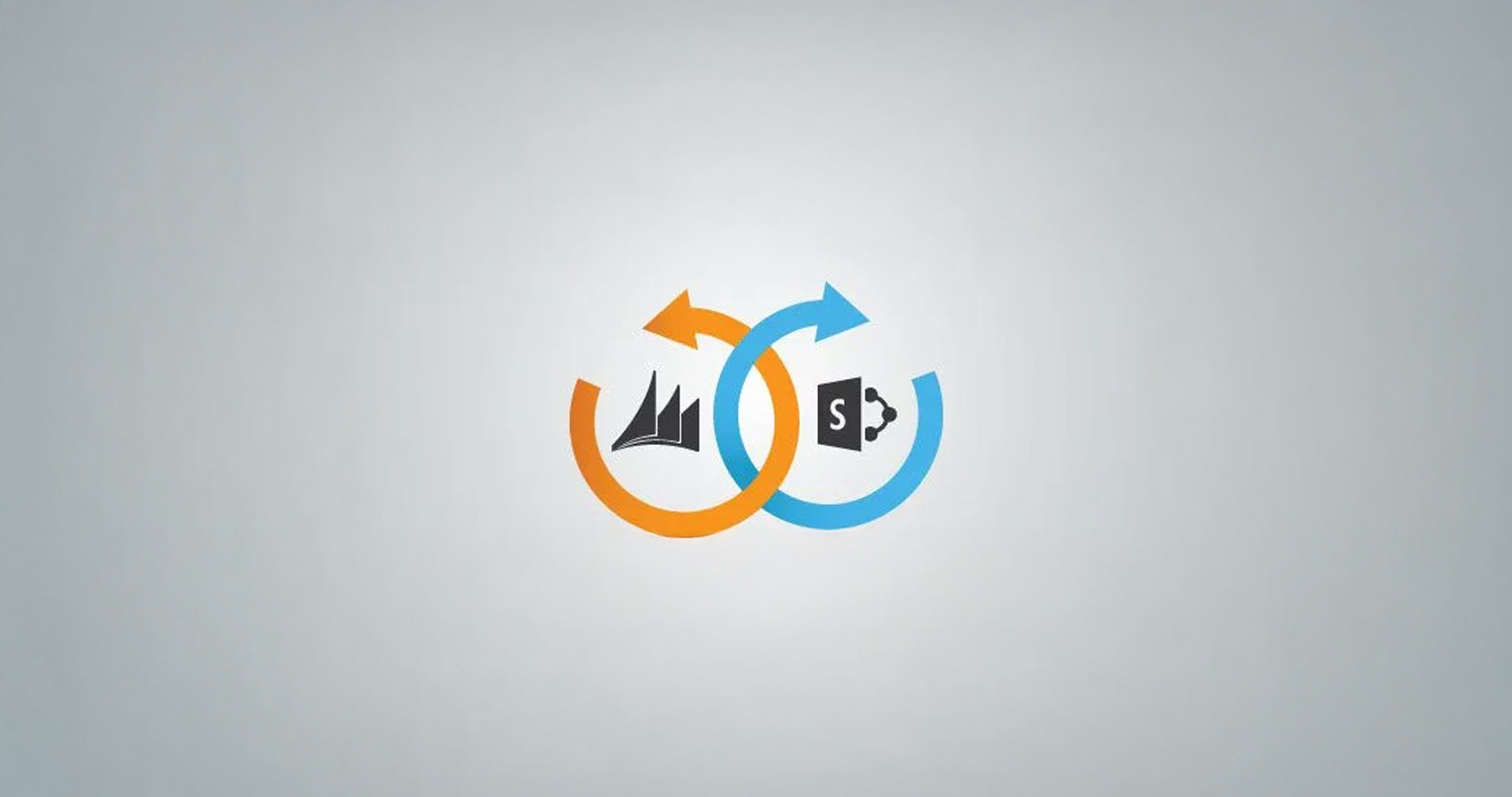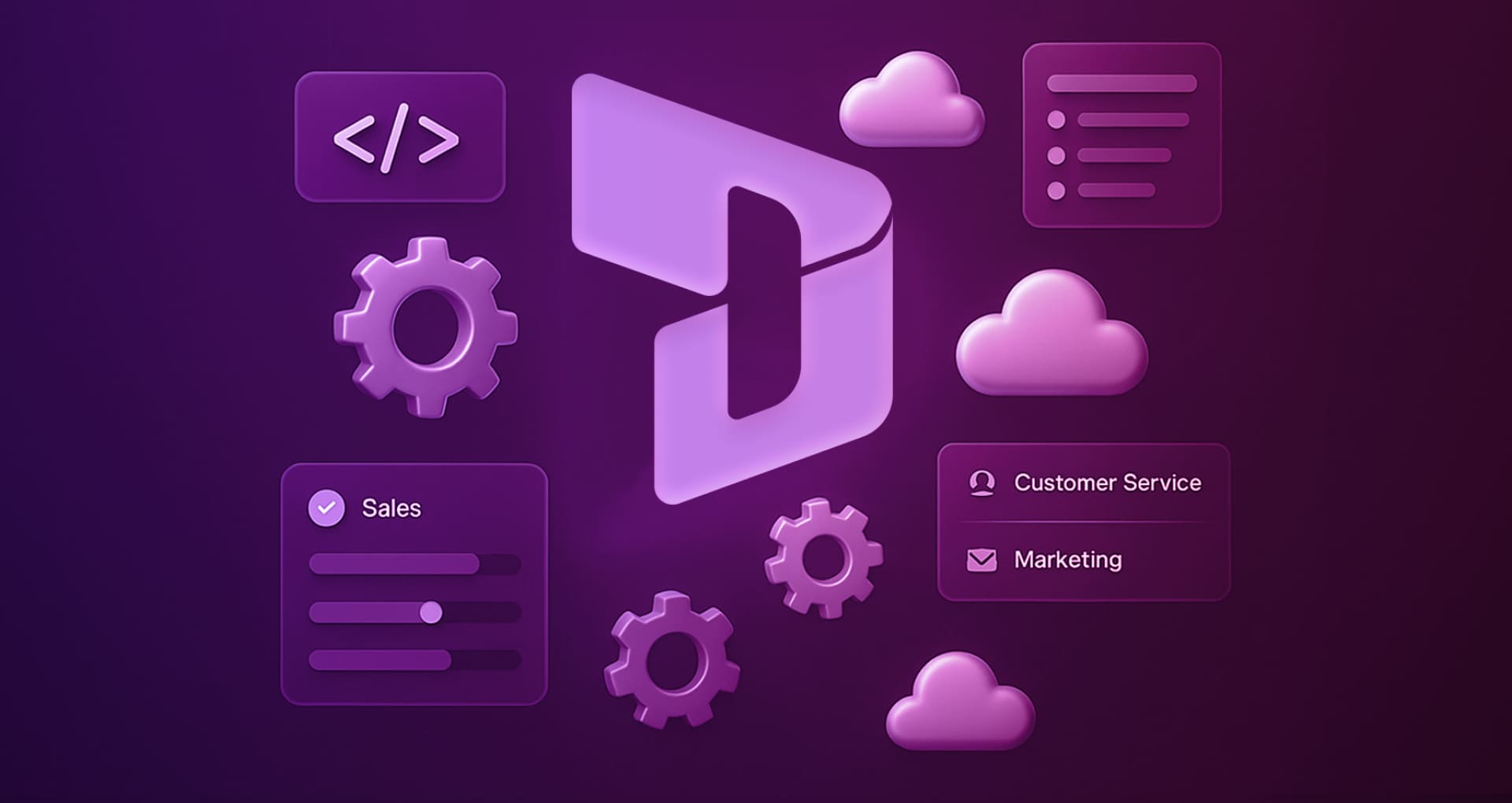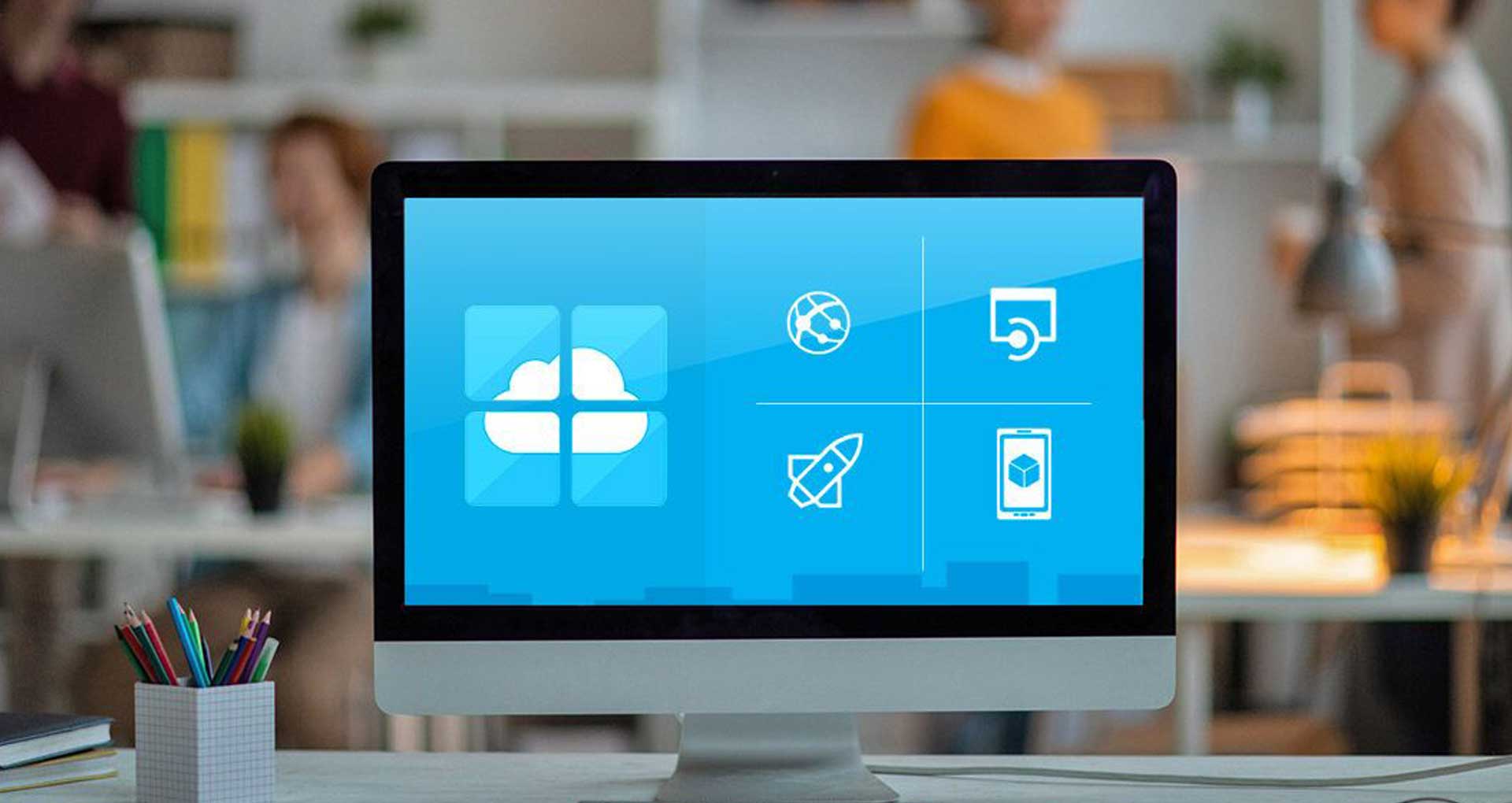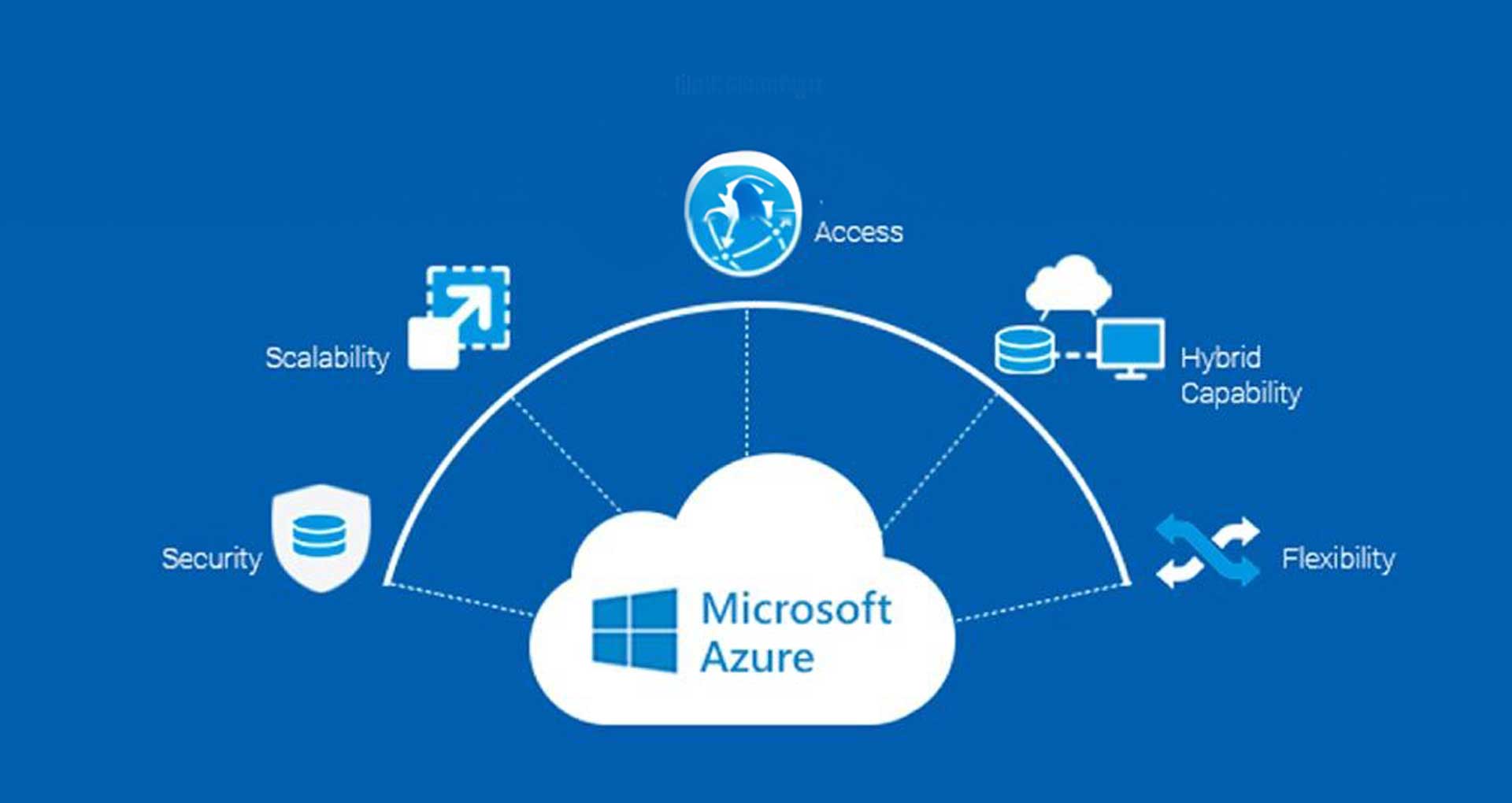A smartphone with outdated apps, a slow operating system, and insufficient storage space is just as useless as a cloud platform with poor connectivity to enterprise applications. Forward-thinking leaders are increasingly leveraging the end-to-end offerings of Azure application modernization to re-architect their on-premise IT and legacy applications for enhanced agility, scalability, and security. In this swift evolution of technology, the push for enterprise application modernization is evident worldwide and it’s all set to hit $39.62 billion by 2029.
Microsoft Azure leads this transformation with its tech stack tailored for progressive businesses. If you’re considering modernizing your legacy apps leveraging Azure, you can just read on for practical insights and a proven strategy for swift and successful Azure application modernization.
Application Modernization Challenges and How Azure Can Solve Them?
As the business leader if you are noticing that organization’s current software systems and applications may not be able to keep pace with the latest (or future) technology. Modernizing legacy applications crucial to business operations is often challenging due to compatibility issues, database migration complexities, downtime concerns, and disaster recovery planning. Navigating these obstacles requires a solution that offers flexibility and seamless adaptation. Microsoft Azure’s Application Modernization offerings include targeted solutions to overcome these obstacles and drive business success. Let’s look at the specific challenges and how Azure emerges as the key to overcome them:
Increasing Costs of App Upgrades
Businesses need to keep their applications fully functional and always updated, which can affect their budgetary considerations.
Solution: Modernize applications on Azure for cost-effective, near real-time upgrades. Utilize a flexible, pay-as-you-use model and leverage the advanced benefits of Microsoft Azure.
Absence of Universality
The lack of universal compatibility hampers seamless integration and collaboration between different applications, leading to operational inefficiencies.
Solution: Attain a universal dashboard overview and control all Azure-modernized applications. It ensures seamless integration across private IT environments, multiple clouds, and third-party systems.
Limited Scalability and Flexibility
Applications that don’t grow and adapt seamlessly end up hindering app performance and responsiveness to evolving business and user needs.
Solution: Rapidly deploy web apps and APIs on Microsoft Azure cloud for enhanced scalability and flexibility. Seamlessly develop applications using Node.js,.NET, .NET Core, PHP, or Python and leverage Azure AutoScale for high agility and availability of 99.95%.
Operational Disruptions
Unexpected disruptions during the modernization process can disrupt day-to-day operations, impacting overall business continuity.
Solution: Enhance Go-to-Market timelines by ensuring zero disruptions to backend infrastructure with Azure. Preserve business continuity and lower transition costs using dedicated migration approaches and tools like Azure App Service Migration Assistant for a fast and automated way to migrate web apps with no or minimal code changes.
Inefficient Management of Application Issues
Delays in effectively addressing and managing application issues invite potential bottlenecks and reduced efficiency.
Solution: Automate issue alerts and initiate intelligent troubleshooting with Azure Service Diagnostics. You can also employ cloud consultants to meet all types of migration, modernization, and management issues, along with 24/7 monitoring and support.
Poor Application Administration
The absence of skilled experts can result in suboptimal administration and maintenance of applications, affecting overall performance.
Solution: Overcome resource hassles with dedicated full-stack development, engineering, and maintenance experts. Gain strategic advisory and Azure consulting for end-to-end legacy application modernization.
Inherent Application Risks
Security and reliability risks are inherent in apps, posing potential threats to data integrity and system stability during the modernization journey.
Solution: Azure takes care of underlying infrastructure security through dedicated security frameworks and architecture to bolster application security. Achieve multilayered security and compliance using Azure’s cutting-edge cloud-native tools like Azure DevOps Static Code Analysis, and Azure Data Loss Prevention (DLP) to mitigate inherent application risks.
Mismanagement of Backend Infrastructure
Poor handling of the backend infrastructure can lead to inefficiencies, affecting the overall performance and reliability of applications.
Solution: Ensure business continuity planning with Azure’s native automated recovery and specialized Disaster Recovery as a Service (DRaaS) – Azure Site Recovery (ASR). Host applications and backend data center assets strategically at the closest Azure hosting location to minimize disaster risks.
Limited Analytical and Digital Transformation Capabilities
Applications that lack robust analytical features impede digital transformation, limiting your ability to meet evolving business requirements.
Solution: Legacy systems often have limited analytical capabilities and are burdened with volumes of underutilized data. Azure helps enhance application performance and user experience with automation solutions and streamlines CI/CD with Azure DevOps. Further, you can leverage cloud-native AI solutions like Azure AI and can focus Azure AI development to reveal hidden insights from enterprise intelligence for data-driven decision-making.
While Azure addresses the critical challenges of legacy systems with its comprehensive solutions, success depends on choosing the right path forward. This is where an application modernization strategy becomes essential — guiding enterprises on how to plan and execute modernization for maximum business impact.
Azure Application Modernization Strategy
The roadmap for successful Azure app modernization takes shape in the planning phase and is executed during implementation. The 6Rs outlined below serve as a compass, steering businesses toward a successful cloud modernization strategy that is in sync with current and future business demands.
Rehost (Lift-and-Shift)
- The lift and shift cloud migration strategy emphasizes speed and requires minimal code changes.
- Involves transferring apps from the previous environment to the current one without alterations.
Replatform
- Lies between rehosting and refactoring.
- Requires code adjustments for compatibility with cloud technologies.
Refactor (Repackage)
- Prioritizes productivity and speed.
- Involves minimal code changes in applications for seamless integration into a cloud-first environment.
Rearchitect
- Suitable for achieving cloud scalability.
- Modifies and extends app functionality and code for improved scaling in the cloud.
Rebuild (Rewrite)
- Involves recreating an app using cloud solutions.
- It is essential when existing applications lack functionality or have a limited lifespan.
Replace
- Necessary if an app can’t meet current or future business needs.
- Faster than rebuilding strategy, but challenges may include business process interruptions and limitations to future modernization initiatives.
These 6 strategies mentioned above guide organizations in effectively modernizing their applications, aligning them with current business requirements.
Azure Application Modernization Approaches
Outdated legacy applications pose challenges with obsolete IT infrastructure and high maintenance costs. Microsoft Azure Cloud offers a practical solution to upgrade and cut IT/SDLC expenses. This robust cloud platform presents three maturity levels for modernizing legacy applications:
Cloud Infrastructure-Based Applications
In this approach, it actively migrates or rehosts your current on-premises applications to the Infrastructure as a Service (IaaS) platform. The applications retain their original composition but gain the capability to deploy to VMs in the cloud. Often termed as “Lift & Shift,” this approach provides:
- Quick migration with minimal disruptions.
- Decreased overhead in infrastructure management.
- A reliable base for subsequent modernization initiatives.
Cloud-Optimized Applications
In this level, you can gain additional benefits without significantly rearchitecting the code by running your app with modern cloud technologies like containers or through other cloud-managed services. You have the flexibility to roll out containers on either PaaS or IaaS for services like databases, monitoring, cache, and seamless CI/CD (continuous integration/continuous deployment) pipelines. This approach optimizes your applications with:
- Enhanced scalability and agility.
- Integration with managed cloud services.
- Reduced complexity and improved performance.
Cloud-Native Applications
The third maturity level is the ultimate cloud goal, but it is optional for many apps. It is driven by your business needs and targets a modernizing approach for mission-critical applications. At this level, you can use Azure PaaS services to move the apps to PaaS computing platforms. New code is often required to be written, especially while moving to cloud-native applications or microservice-based models. This approach helps to gain significant benefits such as agility, speed, cost efficiency, and enhanced performance, which are hard to achieve in a consistent or on-premise application environment. This approach allows businesses to:
- Harness the full potential of cloud-native capabilities.
- Achieve unparalleled scalability and agility.
- Streamline development and deployment processes.
These three scenarios empower businesses of all sizes to embark on a transformative journey with Microsoft Azure Cloud.
Architectural Considerations for Azure Application Modernization
Modernizing legacy systems isn’t just about moving to the cloud it’s about designing resilient, scalable systems that deliver long-term value. Azure provides the tools, but architecture determines the outcome. And even AI can support and complement these architectural decisions with its well-known capabilities in automation, insight generation, and smart resource management.
Design for Elastic Scalability
Scalability isn’t just about handling more users; it’s about anticipating variability.
Azure enables:
- Horizontal scaling for distributing load across VMs or containers
- Vertical scaling for increasing performance without code changes
Use services like Azure Autoscale to manage resource allocation based on demand, minimizing manual intervention and avoiding performance bottlenecks.
Build with Failure in Mind
Failure is inevitable. What matters is how your system responds.
To avoid SPFs:
- Deploy across availability zones
- Implement automated failover and health checks
- Use Traffic Manager and Recovery Services for continuity
Designing for resilience turns outages into recoverable events, not disasters. Whereas, AI-powered solution for anomaly detection is the only way to efficiently identify irregular pattern
Architect for Multi-Tenant Complexity
Multi-tenancy increases efficiency but only when designed intentionally.
Key concerns:
- Data and compute isolation
- Custom branding and routing
- SLA-based resource segmentation
Use Azure Application Gateway, Azure AD B2C, and API Management to manage tenant experiences at scale, without compromising security or control. AI-powered identity protection in Azure AD also strengthens security by detecting unusual login attempt.
Rethink Load Balancing as Experience Routing
Load balancing is not just indication toward distribution it’s about decision-making.
With Azure Application Gateway, route traffic based on:
- URLs, headers, or sessions
- App logic and user context
Plus, built-in Web Application Firewall secures the edge while maintaining user performance expectations. With the help of AI you can enhance traffic insight gathering and hence allow you to further routing optimizing decisions for consistent user experience.
Make Data Architecture a First-Class Concern
Database choices shape system behavior.
Azure offers:
- Azure SQL for built-in scalability
- Managed Instances for legacy compatibility
- Elastic pools and NoSQL options for evolving workloads
The right architecture isn’t just scalable it aligns data design with usage patterns, latency needs, and business logic. AI-enable analytics in Azure Synapse as well as Cognitive Services is way to unlock deeper insights from modernized data pipelines.
Steps for Azure Application Modernization
The process of application modernization with Azure can be broadly classified into three basic steps as listed below:
- Plan and Assess: Begin by carefully defining your app modernization goals and crafting a strategy that sets the stage for transformative action. This initial step involves exploring and evaluating your current apps and environments, laying a solid foundation for the journey ahead.
- Modernize and Migrate: This phase is where innovation meets execution. Modernize your apps in iterative cycles and adjust project scope or strategy as and when needed for optimal results.
- Sustain Success with Operations: Legacy app modernization is an ongoing journey. With a shift to a cloud-first mindset, you get to leverage the arsenal of cloud platform services and tools at your disposal. This allows you to seamlessly secure, govern, manage, and optimize your apps, ensuring they thrive in the dynamic digital landscape.
Our application modernization services help you transform your existing legacy applications to modern architectures, technologies, and platforms to meet your current and future business needs.
Essential Tools for Azure Application Modernization
As we know, Microsoft is widely recognized for its tools, services, and other offerings. Similarly, to enable businesses and enterprises to achieve smooth migration, Microsoft has added a bundle of tools to its stack. In this section, we will explore a list of the most popular tools used during Azure application modernization:
- Azure Monitor: Attain comprehensive visibility into your application, infrastructure, and network for effective monitoring.
- Azure Cosmos DB: Revolutionize scalable, high-performance applications using a fully managed NoSQL database service.
- Azure Virtual Desktop: Facilitate a secure remote desktop experience from virtually any location.
- Azure API Management: Accelerate operations with unified API management across multi-cloud and hybrid environments.
- Azure DevOps: Strategize intelligently, collaborate seamlessly, and expedite shipments with modern development services.
- Azure Spring Apps: Develop and deploy Spring Boot applications effortlessly with a fully managed service by Microsoft and VMware.
- Azure VMware Solution: Migrate or extend on-premises VMware environments to Azure for enhanced flexibility.
- Azure App Service: Swiftly create enterprise-ready web and mobile applications compatible with any platform or device.
- Azure Kubernetes Services (AKS): Deploy and expand containers on managed Kubernetes for scalable operations.
- Azure SQL Database: Construct scalable applications with managed and intelligent SQL in the cloud.
- Azure Web Application Firewall: Safeguard applications with a robust cloud-native web application firewall service.
- Azure Arc: Ensure the security, development, and operation of infrastructure, applications, and Azure services from any location.
- Azure Machine Learning: Develop mission-critical machine learning models at scale.
- Azure SQL Managed Instance: Modernize existing applications at scale using familiar tools, skills, and resources.
- Personalizer: Deliver tailored and pertinent experiences for customers.
- Azure AI Services: Add ready-made AI features like speech, vision, and language to apps quickly without building models from scratch.
- Azure AI Search: Use AI-powered search to turn enterprise data into insights and help teams find what matters faster.
Why Choose Rishabh Software for Successful Application Modernization with Microsoft Azure
From planning to seamless implementation and beyond, we assure you a seamless and risk-free modernization experience, making your app modernization initiative effortless and rewarding. Our expert team can comprehend your specific requirements, goals, and challenges.
As a leading Microsoft Azure Consulting Services provider and Microsoft Cloud Solution Provider (CSP), our team of Microsoft experts brings profound expertise across various Microsoft Azure competencies, covering Azure Kubernetes Service (AKS), Azure Container Instances (ACI), Databricks, HDInsights, Cosmos DB, ML, and AI with CVS. We utilize more than 100+ microservices offered by Azure to fulfill your cloud modernization needs.
Explore how we modernized a leading Australian EdTech’s e-learning Platform on Azure for simplified delivery and valuable insights.
Client Success Story: Modernizing an Australian EdTech’s E-Learning Platform on Azure
Our client, a leading EdTech company in Australia wanted to enhance its digital learning platform for primary school students. They aimed to expand their reach while modernizing the web-based eLearning system, ensuring a more engaging and insightful experience for teachers, parents, and students.
Challenges:
- Limited scalability with the existing solution.
- Lack of a robust reporting mechanism for student progress.
- Manual and cumbersome methods for lessons and assessments.
- Inability to provide an interactive learning experience.
To address these challenges, we upgraded the platform to .NET Core for seamless cross-platform support, achieving a 30% improvement in speed.
Key Features:
- Intuitive Features: Enhanced elements for teachers, parents, and students.
- Cloud Migration: Leveraging MS Azure for scalability.
- Improved UI/UX: Utilizing the Angular framework for enhanced functionality.
- Payment Gateway Integration: Automating billing processes with Stripe.
Impact:
- 50% reduction in cost compared to traditional learning.
- A 2X rise in new student registrations.
- 40% improvement in learning outcomes with the introduction of game-based learning.
The revamped platform now facilitates digital management of administrative tasks, communication, attendance monitoring, and performance tracking.
Frequently Asked Questions
Q: What is Azure Application Modernization?
A. Azure app modernization is a strategic approach to update your existing systems to a cloud-first model. The core aim of Azure application modernization is to enhance operational efficiency, agility, and scalability. Azure cloud platform provides essential tools and targeted solutions to modernize these applications, making them more agile and aligned with current business needs. It’s like giving your old software a makeover by leveraging Azure cloud migration best practices so you gain the resiliency and innovation needed to help your businesses stay competitive.
Q: What are the key benefits of Azure application modernization?
A: Modernizing applications with Microsoft Azure brings several advantages, enhancing organizational efficiency and agility. Listed below are the key benefits of Azure app modernization.
- Optimized Operations: Azure enables businesses to access resources on demand. It facilitates automatic scalability based on customers’ current and future business needs. Built-in monitoring tools allocate additional resources instantly, ensuring zero operational disruption
- Faster Time to Market: Microsoft Azure enables enterprises to streamline the development process through Azure DevOps and the vast library of pre-built services like identity management, analytics, which results in faster time to market.
- Enhanced Value Delivery: Azure’s support for microservices, serverless architecture, and containers enables the creation of small, independent, and easily deployable components. This approach defines the future with lean, scalable applications, providing a competitive edge.
- Improved Cost Management: Azure allows payment only for actual usage, reducing hardware and maintenance costs and fostering resource efficiency. Its outsourced cloud model facilitates a manageable OpEx model with no sunk costs. This flexibility enables you to explore opportunities at a lower entry cost.
Q: What key considerations should be kept in mind while planning legacy application modernization with Azure?
A: The key considerations for legacy application modernization with Microsoft Azure include:
- Application Compatibility: Ensure application compatibility by thorough testing in an Azure environment to prevent post-production disruptions.
- Database Migration: Address incompatibilities when migrating the entire database to Azure, particularly if the source database uses obsolete versions.
- Downtime Planning: Acknowledge inevitable downtime during migration, carefully estimate its impact, and schedule it to minimize disruption.
- Disaster Recovery Planning: Establish a robust disaster recovery plan, considering Azure as a backup solution for local storage, and assess unique disaster scenarios.
- Application Testing: Prioritize testing to verify both database and application compatibility before transitioning to the cloud, starting with an Azure test environment.
Q: Can you provide successful examples of Azure app modernization?
A: Successful Azure cloud modernization examples include:
- Walgreens: Created tailored omnichannel experiences using Microsoft and Adobe technology.
- AT&T: Accelerated innovation with a strategic alliance leveraging cloud, AI, and 5G.
- GEICO: Drove insurance innovation in the cloud, optimizing disaster recovery and reducing costs.
- Maersk: Embarked on a digital transformation journey with Microsoft as the preferred cloud partner.











 30 Min
30 Min


